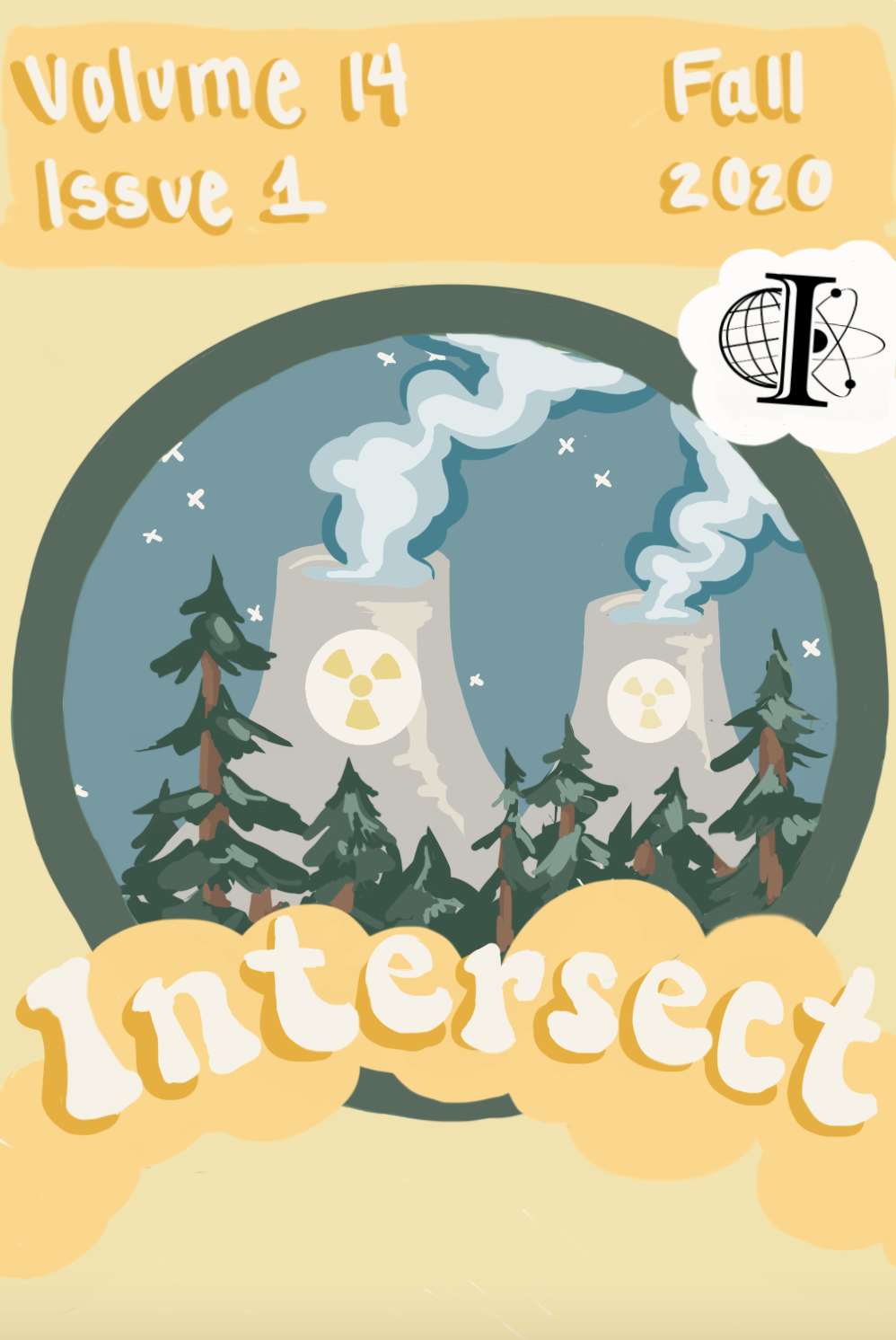Advantageous Uses of Nanotechnology as a Method for Removing Cancerous Cells from the Brain
Abstract
Incidences of brain cancers across the globe as well as the associated costs continue to drastically climb, contributing to over $80 billion per year of medical costs for cancer alone. With few options for treatment, the economic and societal impact of those affected desperately desire a safer, more efficient, and more cost-effective option for high-rate remission with minimal side effects. As targeted therapy treatment options have become a better option for cancer treatment, we believe that utilizing these current methods in combination with graphene, a highly diverse biomaterial, programmed nanoparticles could potentially play a large role in cancer research and treatment in the near future that may minimize the negative impact cancer has on society. Through injection into the cerebrospinal fluid, roughly one-hundred nanobots would be contained within a simple saline solution to be given a direct line of access into the brain. These nanoparticles comprised of graphene would ideally carry out similar functions to that of a killer T-Cell, as seen in the human body, as a method to target specific identified and marked cancerous cells. Once these nanobots have reached the identified cell, the nanobots will release an incredibly small amount of chemotherapy into said cell to maximize the efficiency in which chemotherapy is delivered to invoke minimal side effects and consequences on the human body. In this analysis of the newly-rising cancer treatment method in the field of targeted therapy, our research attempts to shed light on this additional option for individuals suffering from brain cancers.
Downloads
Published
Issue
Section
License
Copyright (c) 2020 Intersect: The Stanford Journal of Science, Technology, and Society

This work is licensed under a Creative Commons Attribution-NonCommercial-NoDerivatives 4.0 International License.
Authors who publish with this journal agree to the following terms:- Authors retain copyright and grant the journal right of first publication with the work simultaneously licensed under a Creative Commons Attribution License that allows others to share the work with an acknowledgement of the work's authorship and initial publication in this journal.
- Authors are able to enter into separate, additional contractual arrangements for the non-exclusive distribution of the journal's published version of the work (e.g., post it to an institutional repository or publish it in a book), with an acknowledgement of its initial publication in this journal.
- Authors are permitted and encouraged to post their work online (e.g., in institutional repositories or on their website) prior to and during the submission process, as it can lead to productive exchanges, as well as earlier and greater citation of published work (See The Effect of Open Access).

